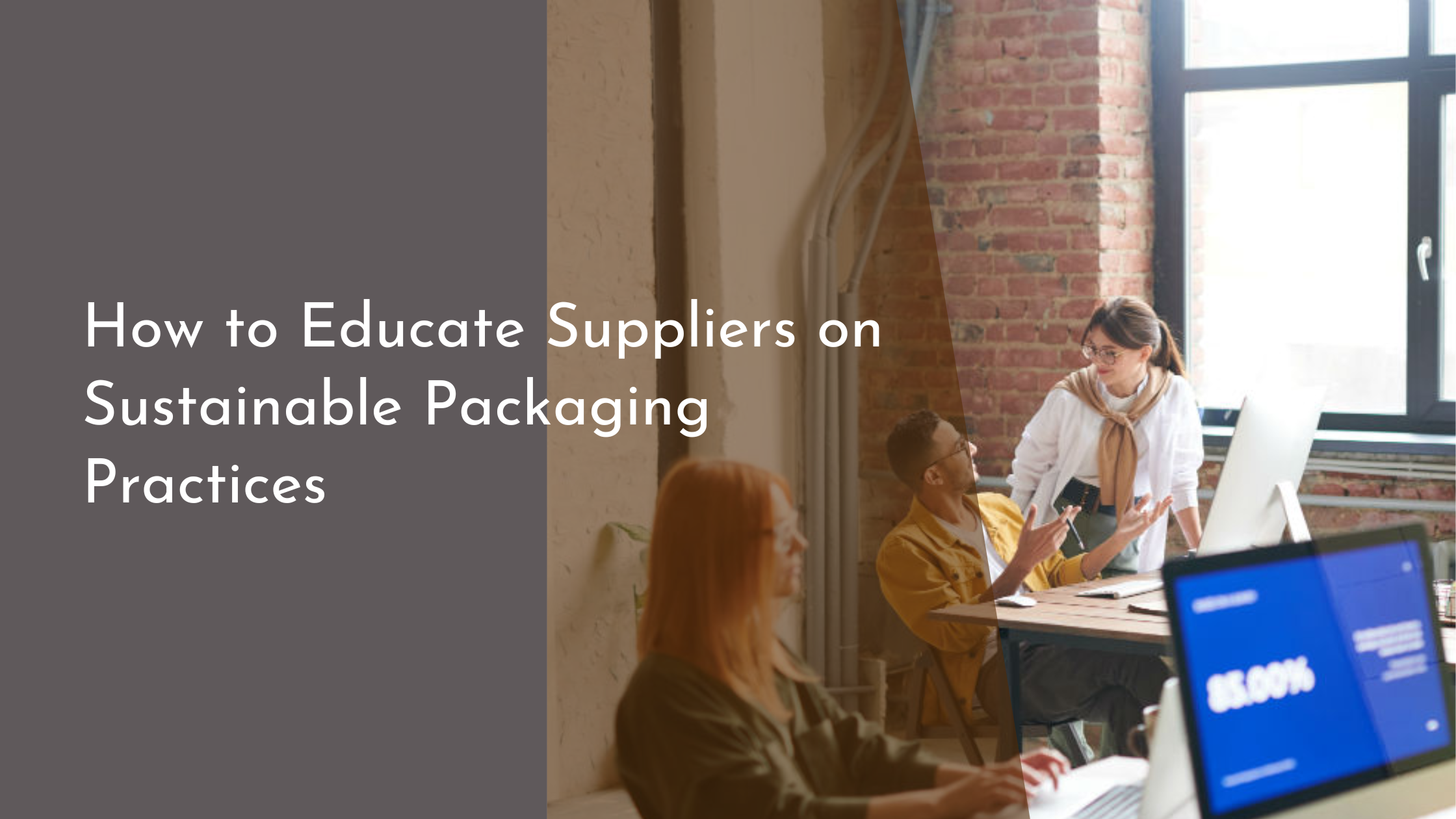How to Educate Suppliers on Sustainable Packaging Practices
Sustainable packaging has become a critical component in the global effort to reduce environmental impact and promote eco-friendly business practices. As companies strive to improve their sustainability credentials, educating suppliers on sustainable packaging practices is an essential step in this journey. This article explores key strategies for educating suppliers, ensuring that they understand the importance of sustainable packaging and are equipped with the tools needed to implement eco-friendly practices successfully.
Understanding the Basics of Sustainable Packaging
To effectively educate suppliers about sustainable packaging, it’s crucial to begin with the fundamentals. Sustainable packaging involves using materials and processes that have minimal environmental impact, reduce waste, and are efficient throughout their lifecycle. This includes using recycled or biodegradable materials, designing packaging that uses less material, and ensuring that packaging is easily recyclable or reusable. By understanding these basic principles, suppliers can start making more informed decisions about their packaging choices.
Educating suppliers on the basics also involves addressing misconceptions and providing clear explanations about the benefits of sustainable packaging. This includes highlighting cost savings from using less material, the potential for increased brand reputation, and compliance with environmental regulations. By presenting the advantages of sustainable packaging, companies can motivate suppliers to adopt these practices as a path to future growth and innovation.
Engaging Suppliers in Eco-Friendly Practices
Engaging suppliers in eco-friendly practices requires building strong relationships and fostering open communication. Companies should create platforms for dialogue, allowing suppliers to express their concerns and suggestions. Regular meetings, workshops, and webinars can be organized to discuss the goals and expectations related to sustainable packaging. By involving suppliers in these conversations, companies can encourage a sense of ownership and commitment to sustainability objectives.
Furthermore, companies can engage suppliers by setting clear sustainability goals and providing incentives for meeting these targets. These incentives might include preferred supplier status, recognition awards, or financial bonuses for innovation in sustainable packaging. By rewarding suppliers who actively participate in sustainable practices, companies can cultivate a culture of responsibility and continuous improvement.
Tools and Resources for Supplier Education
To support suppliers in their journey towards sustainable packaging, companies can provide a range of tools and resources. Educational materials such as guides, e-books, and online courses can help suppliers understand sustainable packaging concepts and best practices. Additionally, case studies showcasing successful sustainable packaging initiatives can serve as inspiration and practical examples for suppliers to emulate.
Offering access to online platforms and networks where suppliers can share experiences and learn from each other can also be beneficial. These platforms can host forums, webinars, and Q&A sessions to facilitate peer learning and collaboration. By equipping suppliers with comprehensive resources and opportunities for knowledge exchange, companies enable them to enhance their expertise and innovate in sustainable packaging.
Monitoring Progress and Encouraging Innovation
Once suppliers have been educated on sustainable packaging practices, monitoring their progress is essential to ensure continuous improvement and compliance. Companies can implement key performance indicators (KPIs) and conduct regular audits to assess suppliers’ adherence to sustainability goals. Feedback mechanisms should also be in place to discuss findings and suggest areas for enhancement. This ongoing evaluation helps maintain accountability and motivates suppliers to consistently improve their sustainable practices.
Encouraging innovation is another crucial aspect of fostering sustainable packaging among suppliers. Companies can organize innovation challenges or competitions, prompting suppliers to develop new sustainable packaging solutions. Allocating resources for research and development in sustainable materials and technologies can also stimulate creativity and advancement. By creating an environment that celebrates innovation, companies can drive progress in sustainable packaging and inspire suppliers to push the boundaries of what’s possible.
Educating suppliers on sustainable packaging practices is an essential step in building a more sustainable future. By understanding the basics, engaging suppliers in eco-friendly practices, providing educational tools and resources, and monitoring progress while encouraging innovation, companies can play a significant role in promoting sustainability across their supply chain. This collaborative effort not only benefits the environment but also strengthens business relationships and drives long-term success. Together, companies and suppliers can pave the way for a greener tomorrow.


